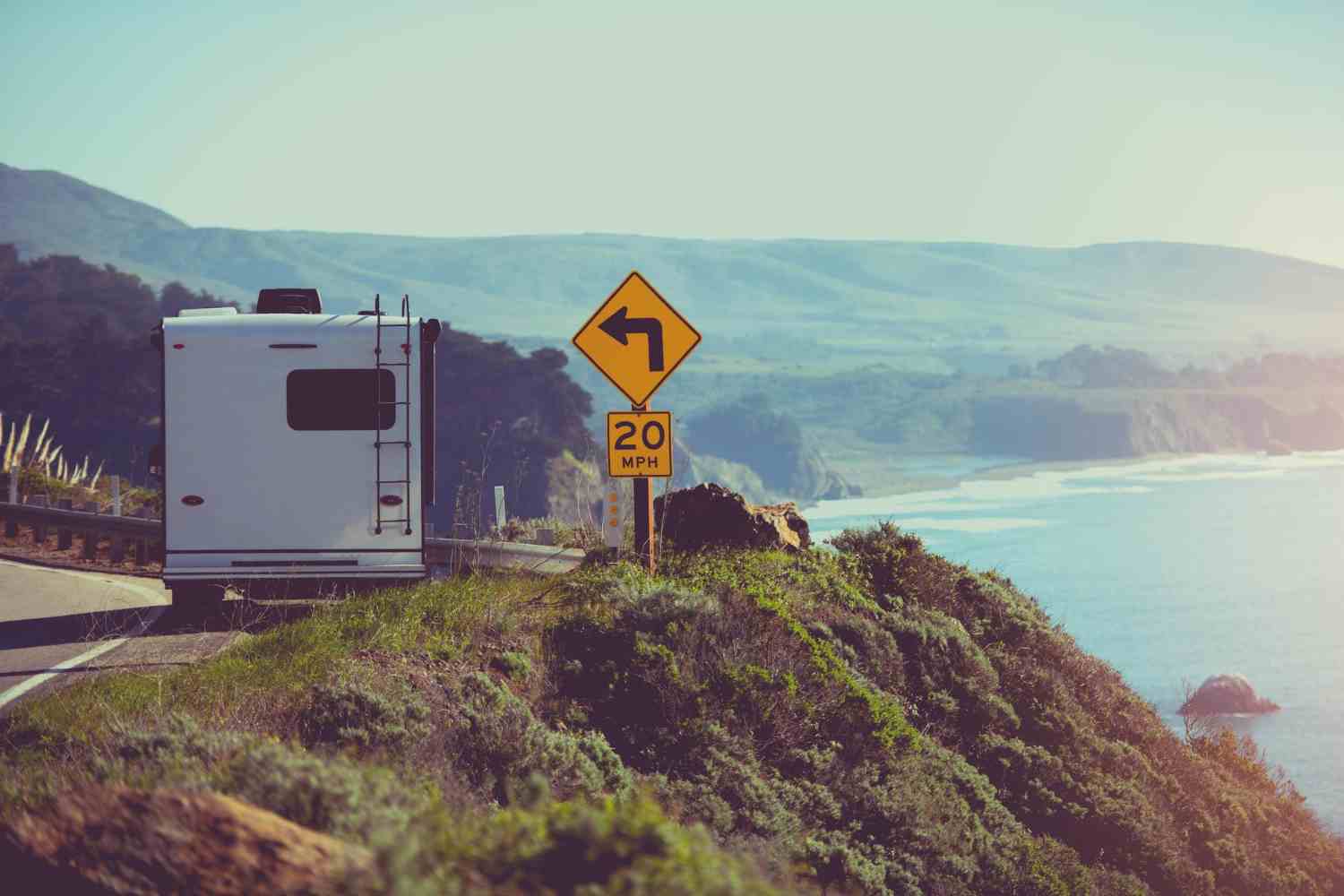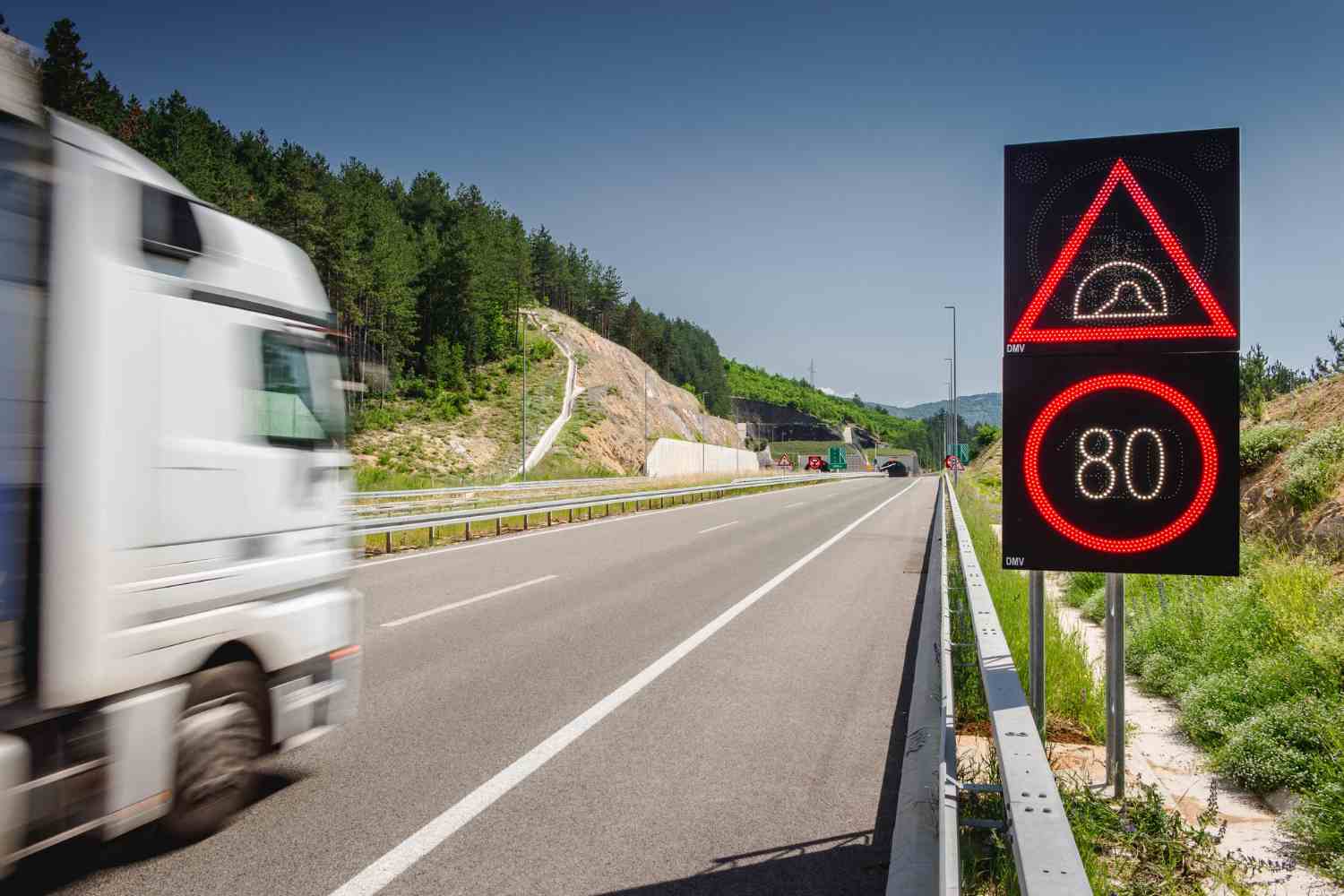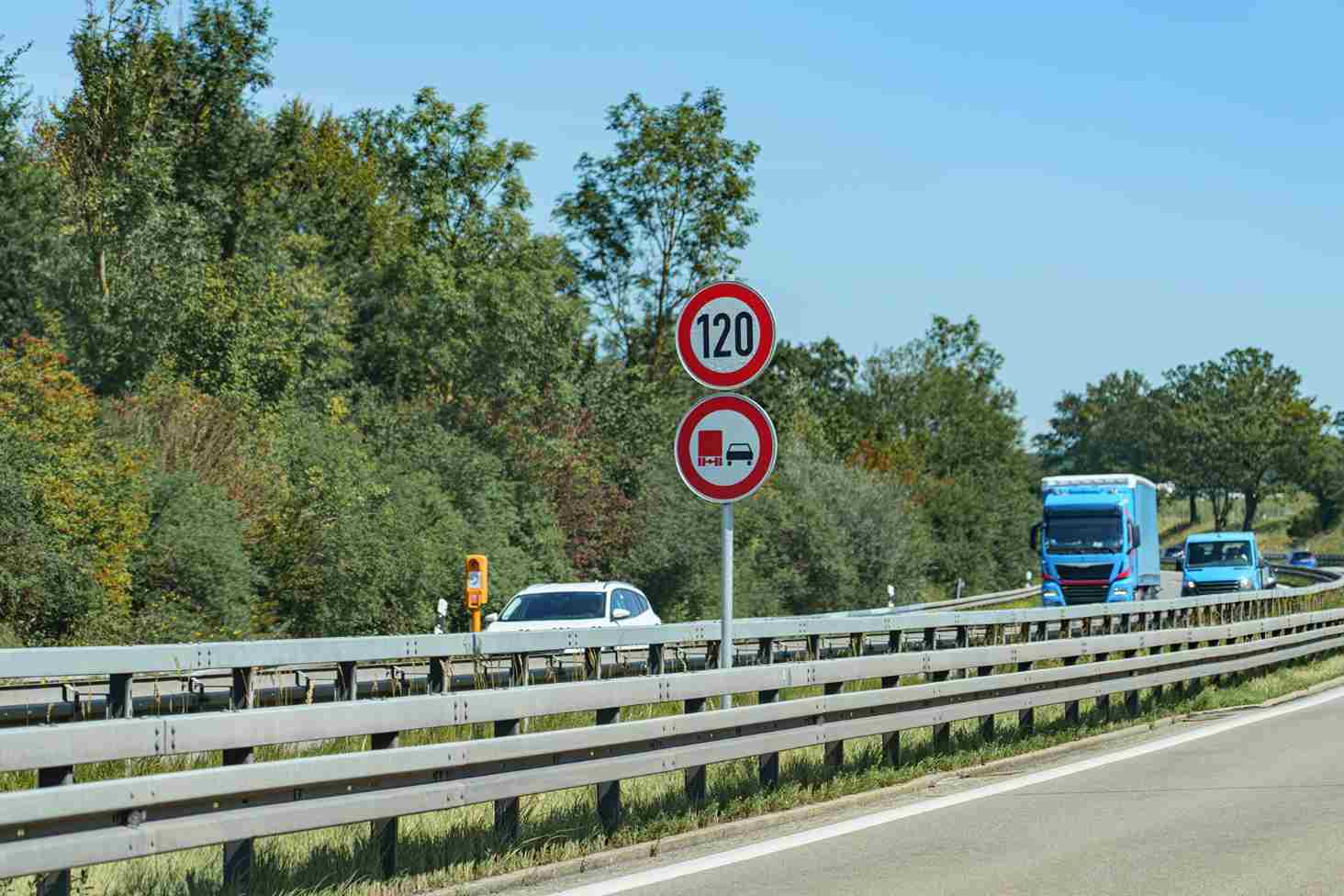Towing a caravan offers a sense of freedom and adventure, but it also comes with responsibilities—especially when it comes to staying within legal speed limits. Knowing the speed limits for towing a caravan is crucial for your safety and the safety of others on the road. Speed limits vary based on location, road type, and the weight of your caravan, and failing to adhere to these rules can lead to fines, accidents, or worse.
In this blog, we’ll provide a comprehensive guide to caravan speed limits, helping you stay informed and safe while enjoying your trip.
Why Are Caravan Speed Limits Important?
Caravans are heavier and more difficult to maneuver than a typical vehicle, and they affect your braking distance, acceleration, and overall handling. Driving too fast while towing can cause swaying, reduced control, and increased stopping distances, which can lead to accidents. That’s why many countries have specific speed limits for vehicles towing caravans, ensuring that drivers can handle their loads safely.
General Caravan Speed Limits by Location
Speed limits can vary significantly from country to country, so it’s essential to familiarize yourself with the rules of the road wherever you plan to travel. Let’s take a closer look at some of the common speed limit regulations in different regions.
1. United Kingdom
In the UK, the speed limits for towing a caravan are straightforward but differ depending on the type of road:
Motorways and Dual Carriageways: 60 mph (96 km/h)
Single Carriageways: 50 mph (80 km/h)
Built-up areas (urban roads): 30 mph (48 km/h), or lower if indicated
It’s important to note that caravans are not permitted in the right-hand lane of a three-lane motorway, except when overtaking or when other lanes are closed.

2. European Countries
Most European countries follow similar towing speed limits to the UK, but there are slight variations:
France: 55-60 mph (90-100 km/h) on motorways, 50 mph (80 km/h) on other roads, with stricter limits for heavier caravans.
Germany: 50 mph (80 km/h) is the standard limit, but some caravans meeting specific safety requirements can go up to 62 mph (100 km/h).
Italy: 50 mph (80 km/h) on highways, 43 mph (70 km/h) on other roads.
Always check local regulations, as these limits may change based on caravan weight and conditions.
3. United States
In the U.S., caravan speed limits can vary from state to state, but typically, the limit ranges between 55 and 65 mph (88-105 km/h) on highways. Some states may have lower limits for towing, so it’s essential to check state-specific rules before hitting the road.
4. Australia
In Australia, the speed limit for towing a caravan is generally capped at 62 mph (100 km/h). However, some states and territories have stricter limits, especially on rural roads where conditions can be more dangerous.
Victoria: 62 mph (100 km/h) unless otherwise posted.
New South Wales: 60 mph (100 km/h), with restrictions in certain areas.
Always obey posted signs, as local variations may apply.
Key Factors That Influence Caravan Speed Limits
Several factors can influence the speed limit you should adhere to while towing a caravan:
Caravan Weight: Heavier caravans often come with stricter speed limits because they require longer stopping distances and affect vehicle handling.
Road Conditions: Speed limits may be adjusted based on road conditions such as weather, traffic density, and road quality. Be prepared to drive more slowly on steep inclines, sharp bends, or in poor weather conditions.
Car and Caravan Combo: Some countries have specific laws requiring that your car and caravan combination must meet certain criteria (like having anti-sway devices) to tow at higher speeds.
Driving Experience: If you’re new to towing, it’s wise to stay well below the maximum speed limit until you feel confident. Towing at high speeds without experience increases the risk of swaying and losing control.

Safety Tips for Towing a Caravan at Speed
While knowing the speed limit is essential, maintaining control of your vehicle at any speed is just as critical. Here are some safety tips to ensure a safe towing experience:
Keep a Safe Distance: Your braking distance increases significantly when towing, so always maintain a greater following distance between you and the vehicle in front.
Watch for Swaying: If your caravan begins to sway, ease off the accelerator slowly and avoid sharp steering inputs. Don’t hit the brakes suddenly, as this can worsen the situation.
Avoid Sudden Movements: Quick lane changes or sharp turns can destabilize your caravan. Plan your moves ahead of time and drive smoothly.
Regularly Check Your Mirrors: Since caravans create larger blind spots, constantly check your mirrors for vehicles around you and adjust as needed.
Be Mindful of Weather Conditions: Rain, wind, or icy roads can make towing more dangerous. In these conditions, reduce your speed even further and be extra cautious.
What Happens if You Exceed the Speed Limit?
Speeding while towing a caravan is not only illegal but highly dangerous. If caught, you may face fines, penalty points, or, in some cases, a court appearance. More importantly, exceeding speed limits can lead to accidents, putting both you and other road users at risk. The best practice is always to stay within the posted speed limits and adjust your driving according to road and weather conditions.
Conclusion
Understanding and adhering to caravan speed limits is crucial for safe and legal towing. Always check the specific limits for the country or state you’re traveling in, and consider factors such as your caravan’s weight, road conditions, and your experience level. Remember, it’s not just about following the law but ensuring the safety of everyone on the road. Safe towing isn’t just about speed; it’s about control, awareness, and patience. Keep these tips in mind, and you’ll be well-prepared for your next caravan adventure!

